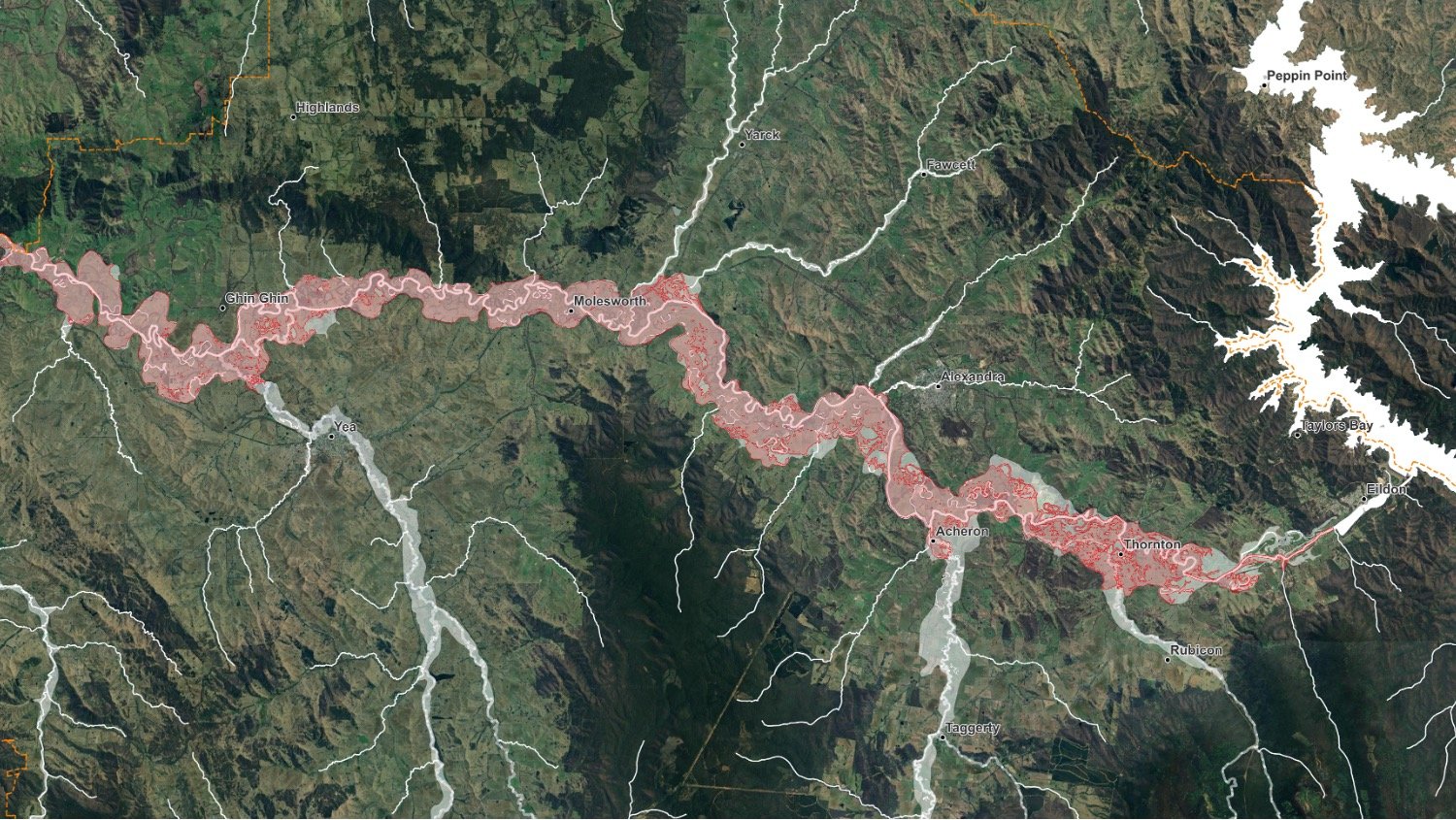Rivers are ancient, dynamic systems, rich with environmental, cultural and public values. But over centuries, river territory has been squeezed, damaged and polluted in the face of anthropocentric pressures. In this session, Monash University researchers present imagery for the regeneration of four rivers in four countries, each reimagined to make space for flooding, ecological diversity and improved water quality, for the betterment of all life.
Please note that both Monash events share the same registration link.
Nigel Bertram is a director of NMBW Architecture Studio and a practice professor of Architecture at Monash University. Nigel leads research projects on design-led processes for urban regeneration and retrofits of existing environments. As well, he explores the role of water systems considering how past modifications inform future scenarios.
Tanvi Maheshwari is an urban designer and research fellow at Informal Cities Lab at Monash University. She has been conducting transdisciplinary, impact-based action research across Asian cities, through hybrid methodologies using data-driven planning support tools, future studies, and scenario-based adaptive planning approaches.
Kathy Waghorn has a background in art and architecture and is an associate professor and acting head of the Department of Architecture at Monash University. Hailing from Tāmaki Makaurau Auckland, she a director of HOOPLA, a social enterprise producing urban research, place advocacy, community engagement and design.
Louise Wright is a director of Baracco+Wright Architects and a practice professor of Architecture at Monash University, where she combines practice and research. She collaborates with ecologists, landscape architects and artists to find ways that architecture can extend its relationship with the natural world.

